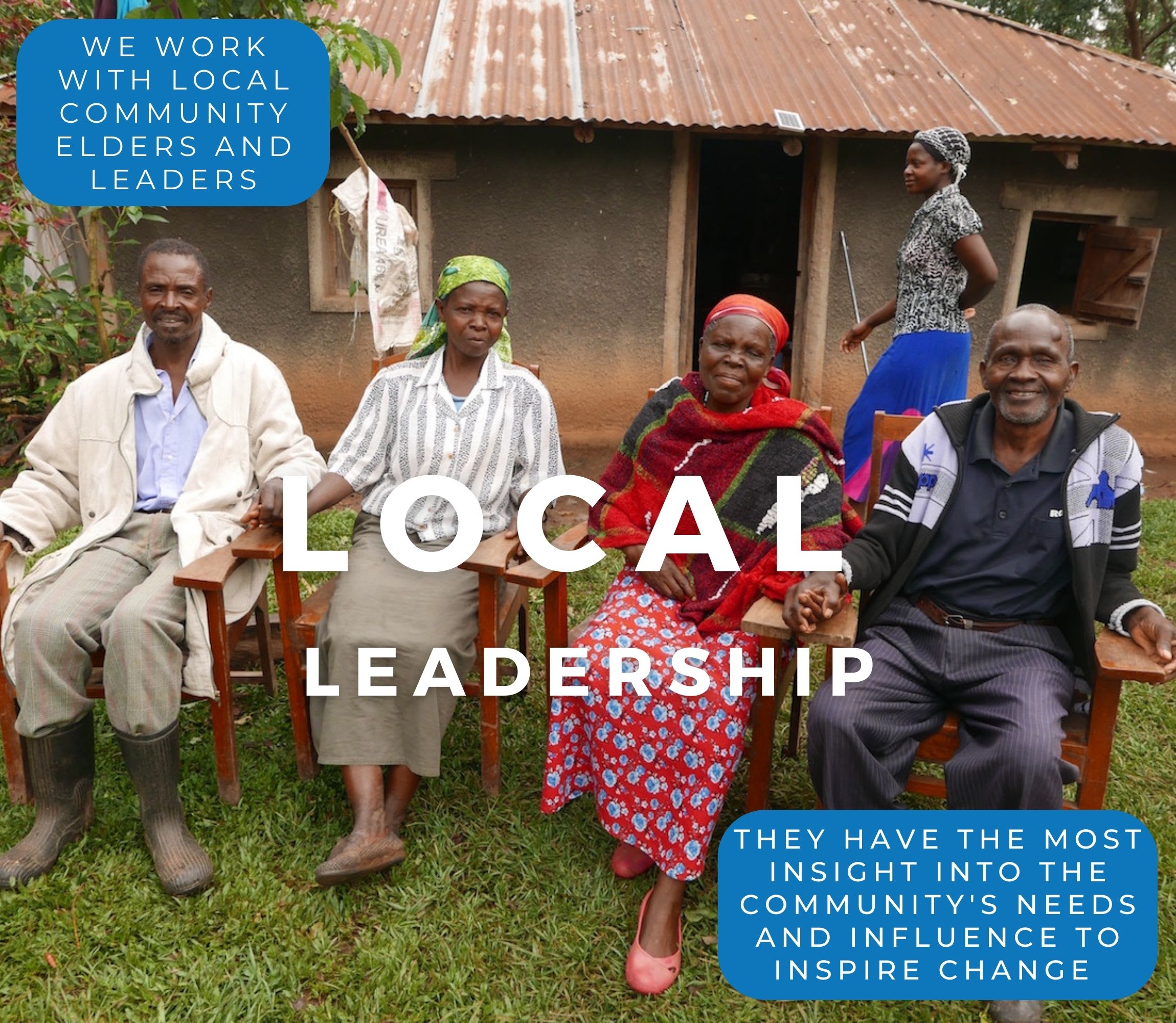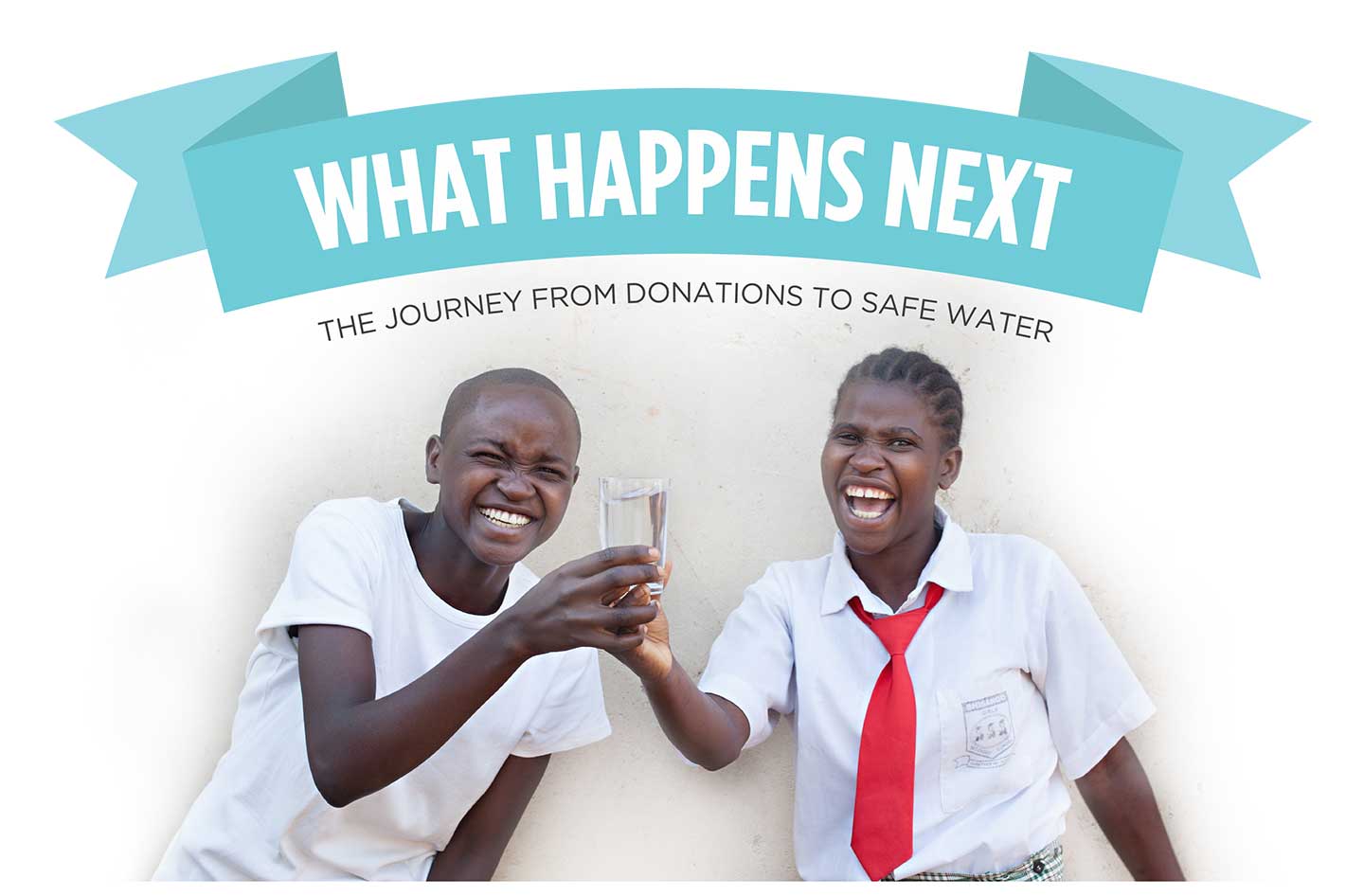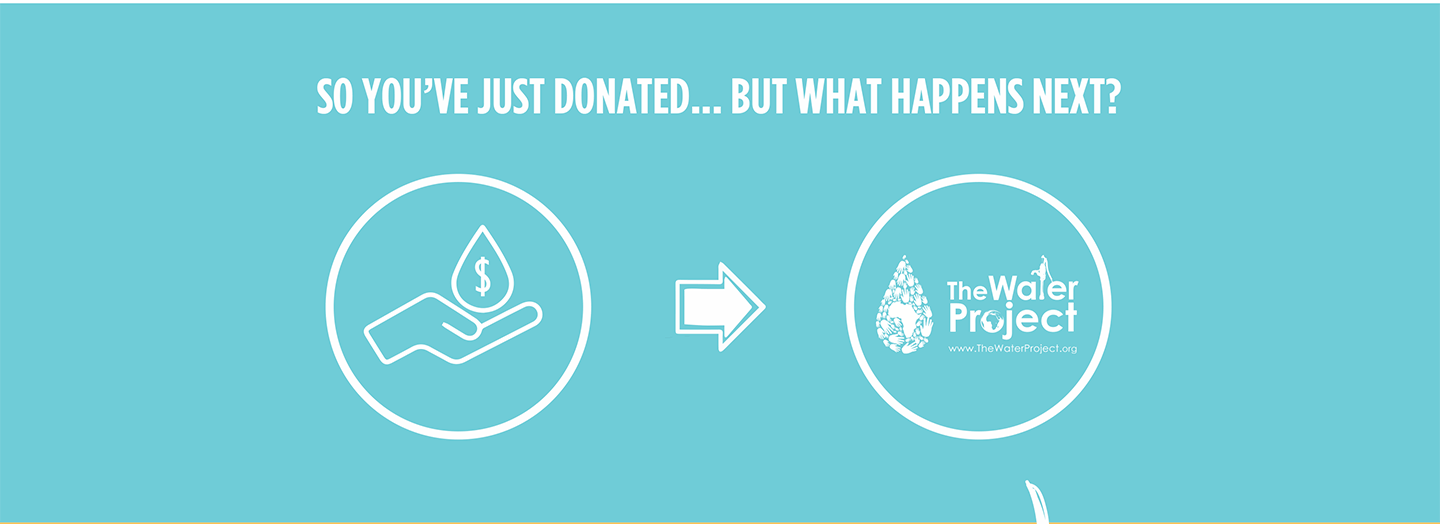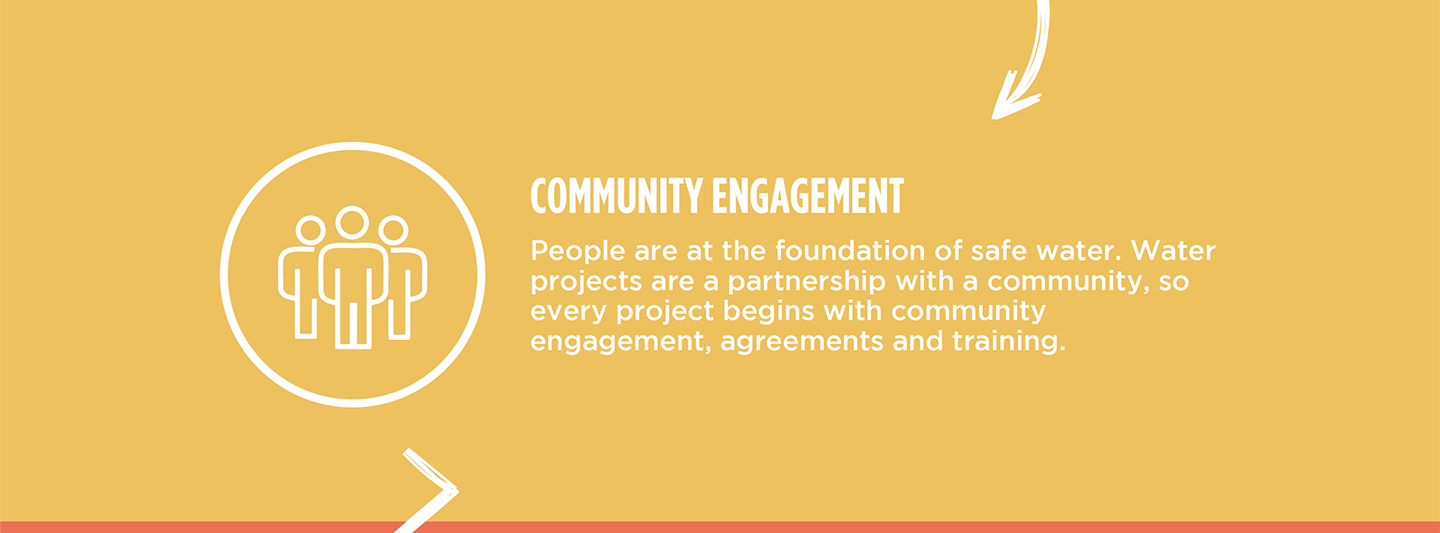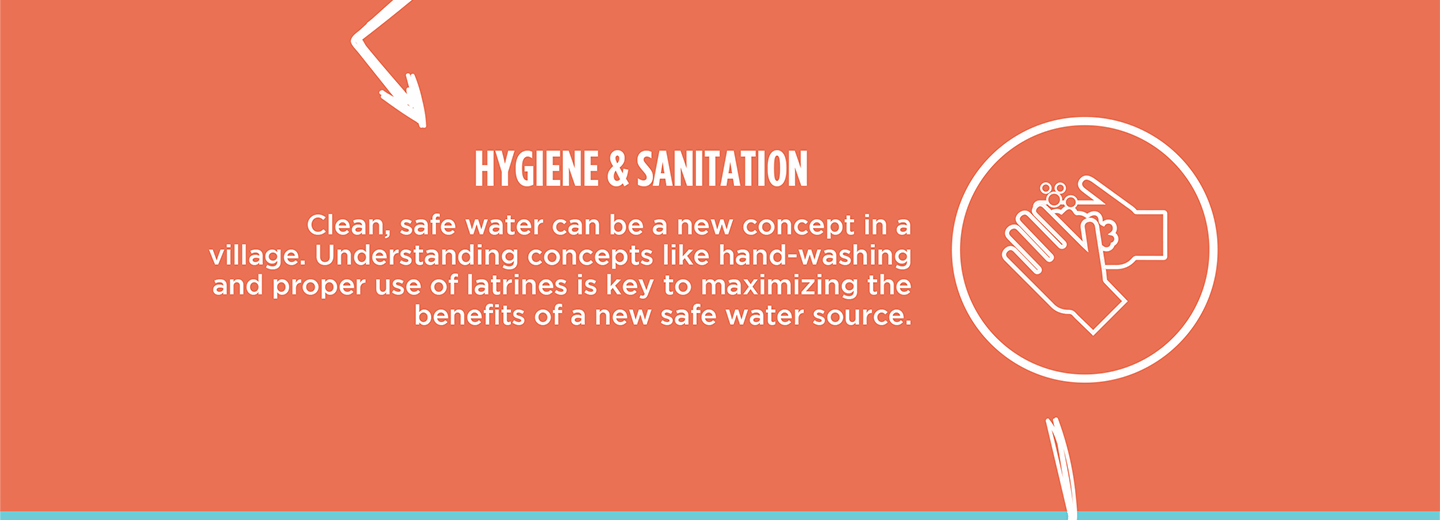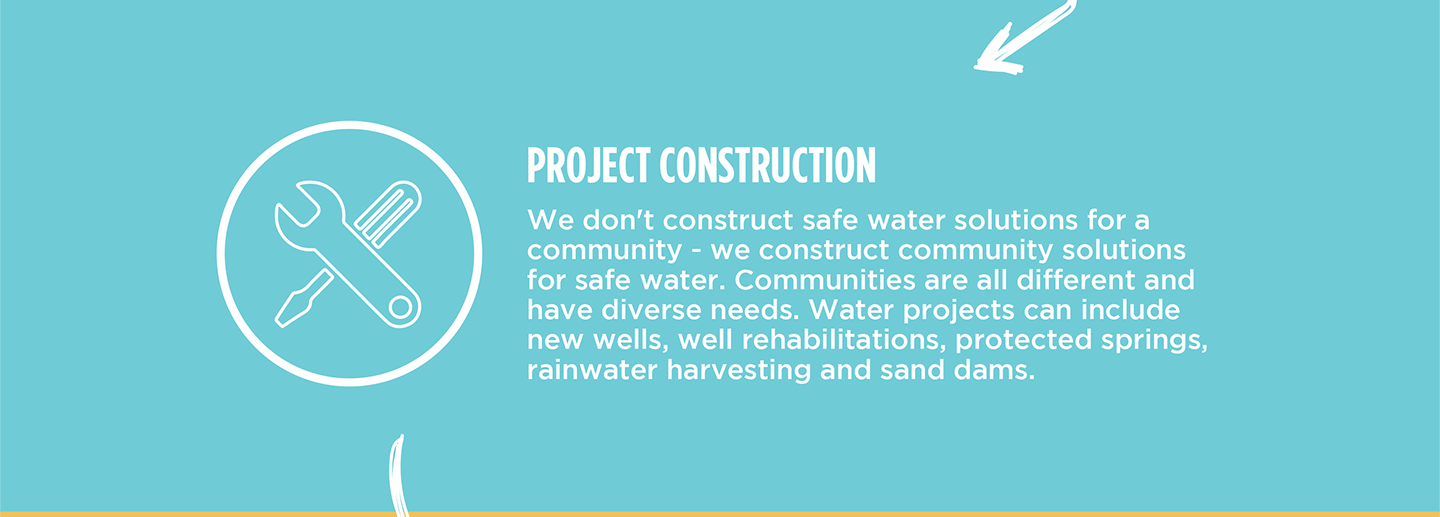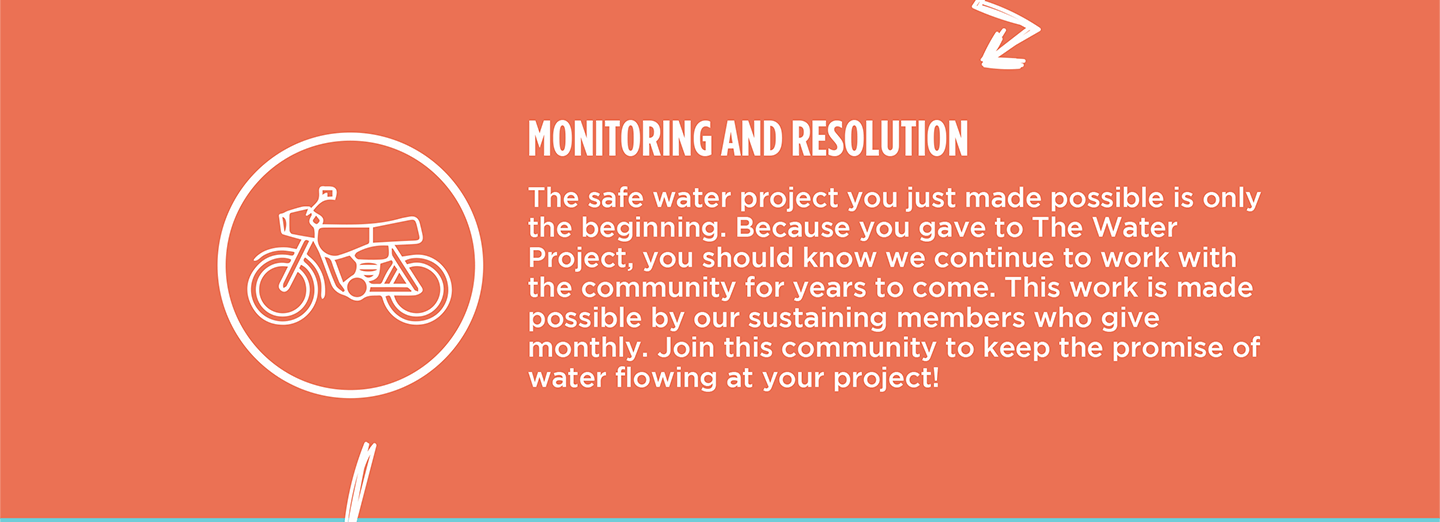For five long years, the Mwiyenga Community of 280 residents has struggled to access clean water. Their only "reliable" source of water is the crumbling Mwipera Spring, which was once protected but now offers contaminated water.

The spring in need of repair.
Rebecca is seventeen years old. Her life hasn't been easy, but she continues to persevere. She has a toddler and continues her education. Rebecca has to make several trips a day to the spring, just to fetch sufficient water for her and her family. What she finds at the spring, is long lines, contaminated water, and a tedious trek home.
"The queue at the waterpoint usually makes fetching water take very long. Sometimes, the people at the waterpoint refuse to be orderly and struggle for the water, this makes it take long. The breakage of the spring box and leakages happening around the structure mean the pipe discharges very little water, that causes one to wait for a long time," she observed.
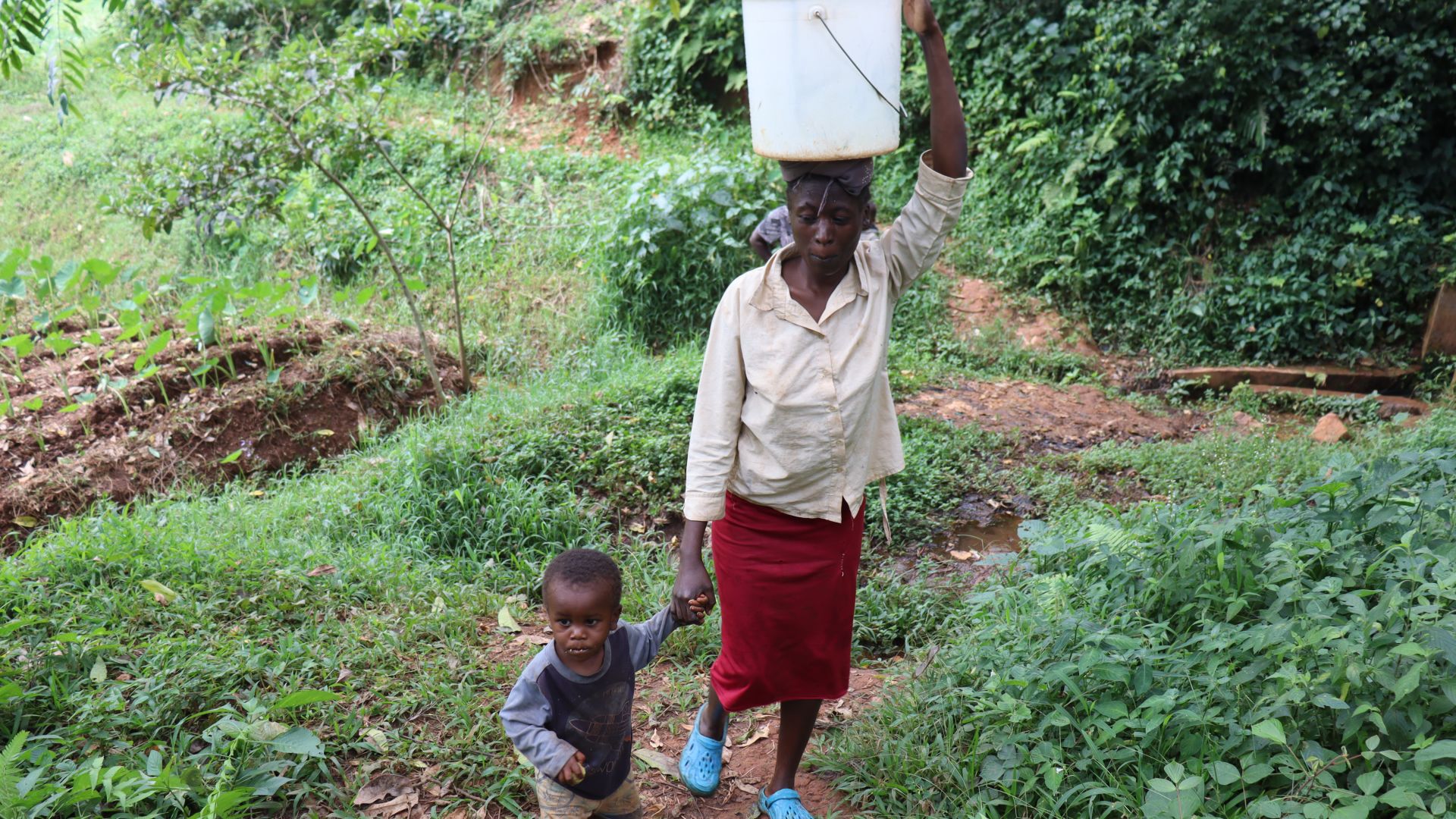
Rebecca and her son.
"Going to the water source, especially early mornings or late in the evenings, is usually a struggle because the road to the spring is very bushy and slippery. Many times I have fallen down coming with water from the spring. Once, I even met a snake as I was going for water. I was really afraid," she recalled.
After she works so hard to get water to her home, Rebecca often faces water-related illnesses.
"There was a day I could not sleep at all at night because of the stomach upset and diarrhea. Most of the night was spent running to the washroom to relieve myself; that was a very ugly sight to behold," she shared.
In an attempt to ease her illness, Rebecca said, "First, I took a home remedy of rice water and some painkillers to ease the pain. When it did not work as we first thought it would, I was rushed to [the] hospital where I was put on a [drip] because of all the fluids I had lost."
Sadly, this wasn't the only time she's experienced such severe illness, nor the last.
All the time she spends collecting water and suffering its consequences hinders her education as well.
"Most times, I have to miss school when I'm unwell in order to seek treatment. But, if, for example, there is an exam going on, I have to try as much as possible in order to be in school," Rebecca lamented.
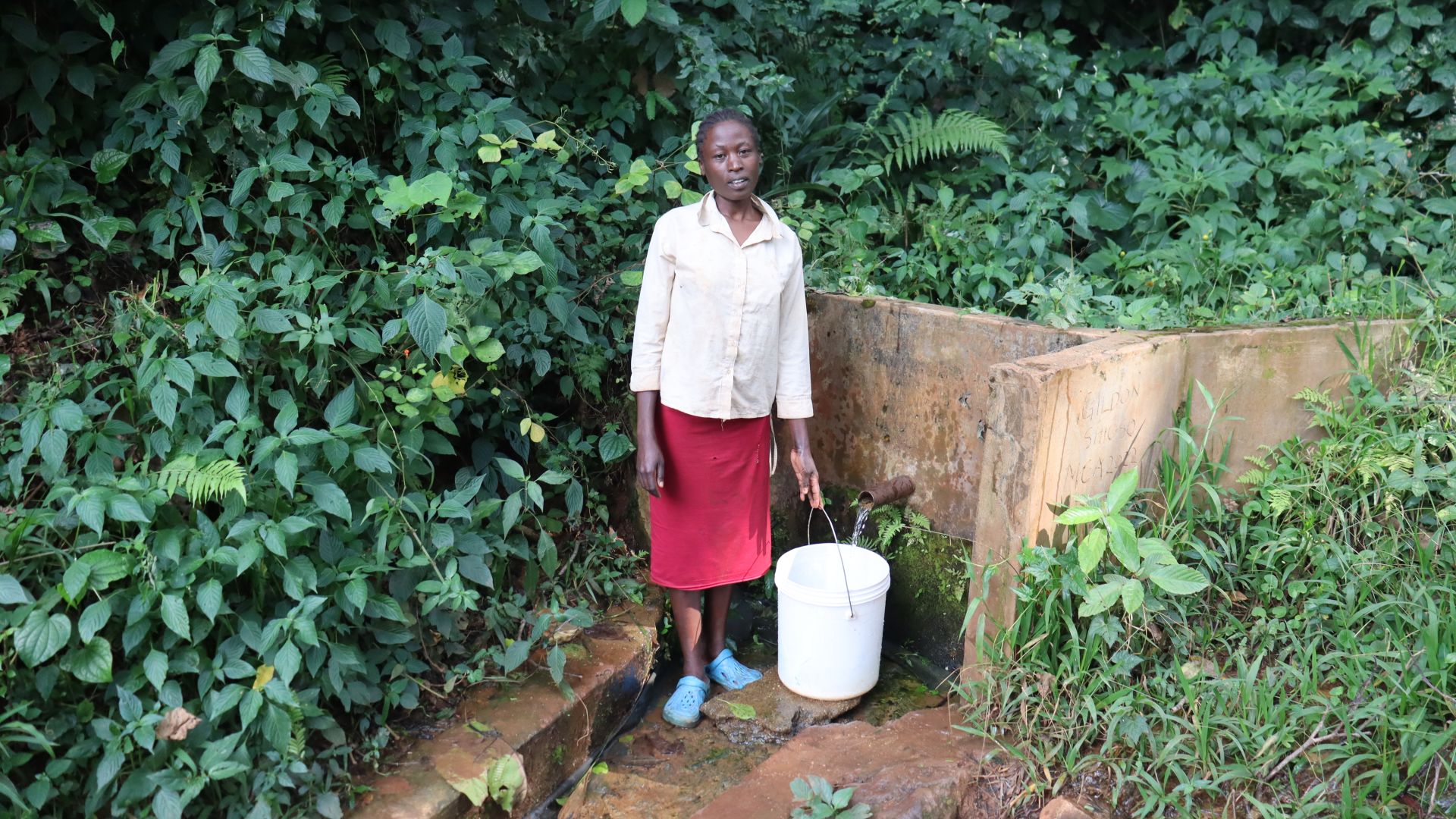
Rebecca in the spring.
Rebecca is a woman with plans and a future. In the face of the impossible, she went back to school. She is determined to build a life for herself and her child, but the water crisis will devastate those plans if they are not remedied.
"I intend to finish school and hopefully acquire some skills and knowledge on agribusiness. I really enjoy farming, and I would like to use my passion to generate income for myself and my child," Rebecca announced.
Steps Toward a Solution
Our technical experts worked with the local community to identify the most effective solution to their water crisis. They decided to safeguard the existing flowing spring.
Spring Protection
Springs are natural water sources that originate from deep underground. As water travels through various layers of the earth, it undergoes a natural filtration process, making it cleaner and safer to drink. To protect these spring sources from contamination, we construct a waterproof cement structure around layers of clay, stone, and soil. This design channels the spring water through a discharge pipe, facilitating easier, faster, and cleaner water collection.
Accessibility Upgrade
At some protected springs, the path down to the water is steep, narrow, and slippery—especially in the rainy season. By extending the concrete stairway and improving the approach, we make it safer and easier for families, older adults, and children to reach the spring for daily water collection.
Chlorine Dispenser
As an extra measure towards water quality safety, uniquely engineered chlorine dispensers are installed at all of our spring protection projects so community members can treat their water with pre-measured doses of chlorine. The chlorine treats any possible contamination and stays active for two to three days, ensuring water stays safe to use even when stored at home. Chlorine delivery and maintenance of the dispensers are part of our ongoing community support.
Community Education & Ownership
Hygiene and sanitation training are integral to our water projects. Training is tailored to each community's specific needs and includes key topics such as proper water handling, improved hygiene practices, disease transmission prevention, and care of the new water point. Safe water and improved hygiene habits foster a healthier future for everyone in the community.
Encouraged and supported by our team's guidance, the community elects a water user committee representative of its diverse members. This committee assumes responsibility for maintaining the water point, organizing community efforts, and gathering fees to ensure its upkeep.

 Protected Spring
Protected Spring
 Rehabilitation Project
Rehabilitation Project

